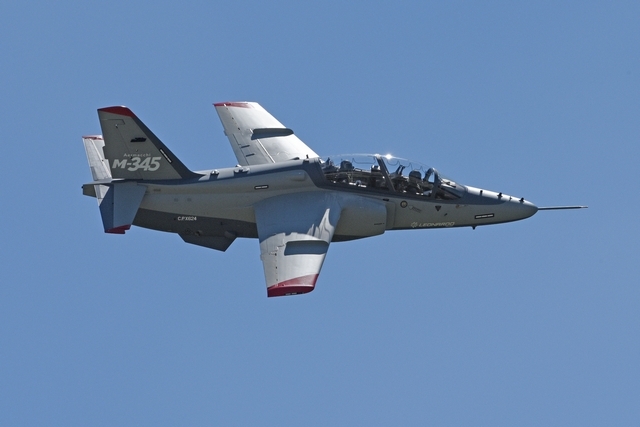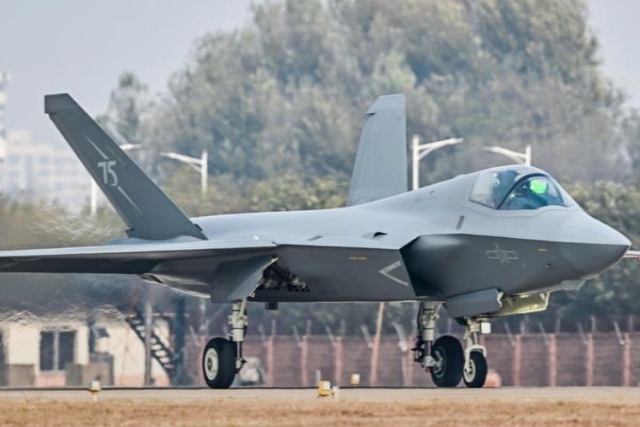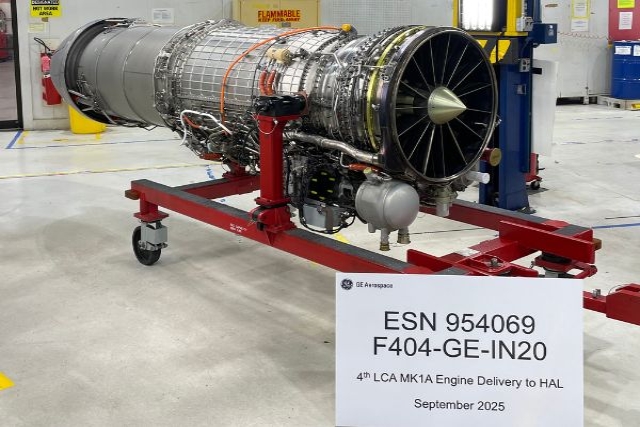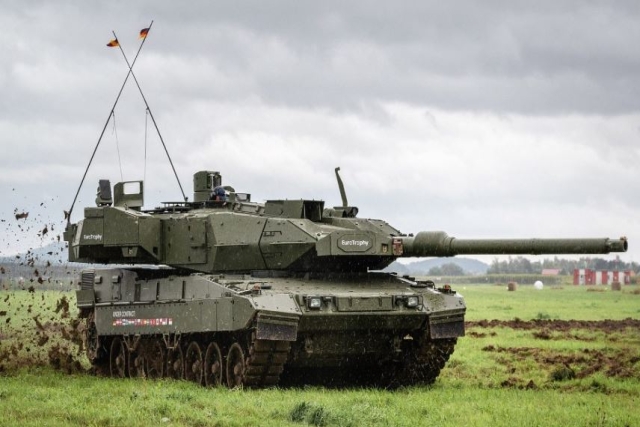Leonardo AW159 Helicopter Fires Thales ‘Martlet’ Lightweight Missile
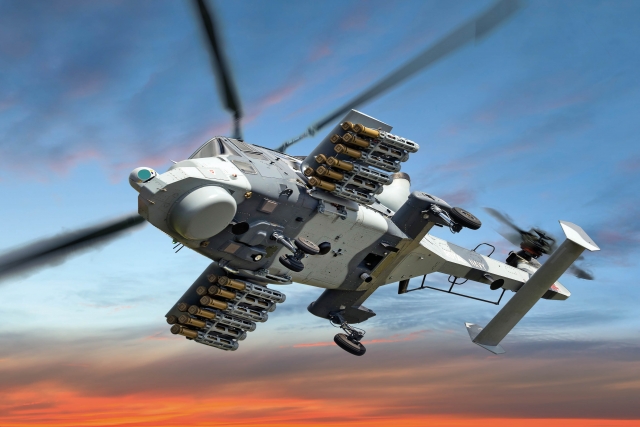
Leonardo AW159 Wildcat helicopter fired a ‘Martlet’ Lightweight Multirole Missile (LMM) built by Thales for the first time today.
The firing trials were conducted from 27th April to 21st May 2020. They were conducted as part of the UK MoD’s Future Anti-Surface Guided Weapon (FASGW) programme and demonstrated the integration of the Martlet onto the AW159 platform.
“This major milestone demonstrates that the combination of the AW159 Wildcat and Martlet missile will be a flexible and effective tool for the Royal Navy. Next year the Wildcat fleet will embark on Carrier Strike Group missions with HMS Queen Elizabeth on its maiden operational deployment,” said Nick Whitney, Managing Director of Leonardo Helicopters (UK).
“With each platform capable of carrying up to 20 Martlet, the Wildcats deployed with the task group will be a significant deterrent to anyone wishing to interfere with UK interests,” said Philip McBride, General Manager, Integrated Airspace-protection Systems, Thales UK.
In July 2014, Leonardo signed a contract with the UK Ministry of Defence to integrate, test and install the MBDA Sea Venom (heavy) and Thales LMM (light) missile systems onto Royal Navy AW159 Wildcat helicopters, a programme called Future Anti Surface Guided Weapon (FASGW).
The FASGW (light) part of the programme has now seen the LMM, with its associated launcher and airborne laser guidance unit, successfully integrated into the Leonardo AW159 Wildcat sensor, displays and avionics systems.
“The LMM provides a step-change in capability for the Royal Navy which, in the maritime environment, faces a major challenge in engaging smaller, fast-moving, asymmetric threats, due to their high mobility, their small thermal and radar signatures and the severe background clutter encountered. The LMM is capable of surmounting these issues where traditional electro-optic and radar guidance systems do not provide the certainty of hit required. On-board the AW159 Wildcat platform, the LMM Martlet could also allow operators to engage air targets such as UAVs and other maritime helicopters,” Leonardo claims.
The launchers are mounted to the AW159 via the new Leonardo Weapon Wing, developed at the Company’s design and manufacturing facility in Yeovil and first trialled last year. Each weapon wing will be able to carry either ten Martlet or two Sea Venom missiles and generates additional lift for the helicopter in forward flight, reducing demands on the main rotor.
The twin-engine multi-role AW159 comes fitted wiith Leonardo Seaspray multi-mode electronically-scanning (E-scan) radar, and integrated electronic warfare Defensive Aids Suite (DAS). It has the capability to autonomously detect, identify and attack targets on land and at sea, including submarine threats.

